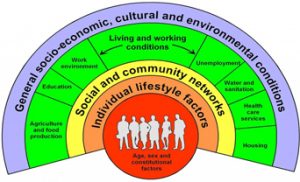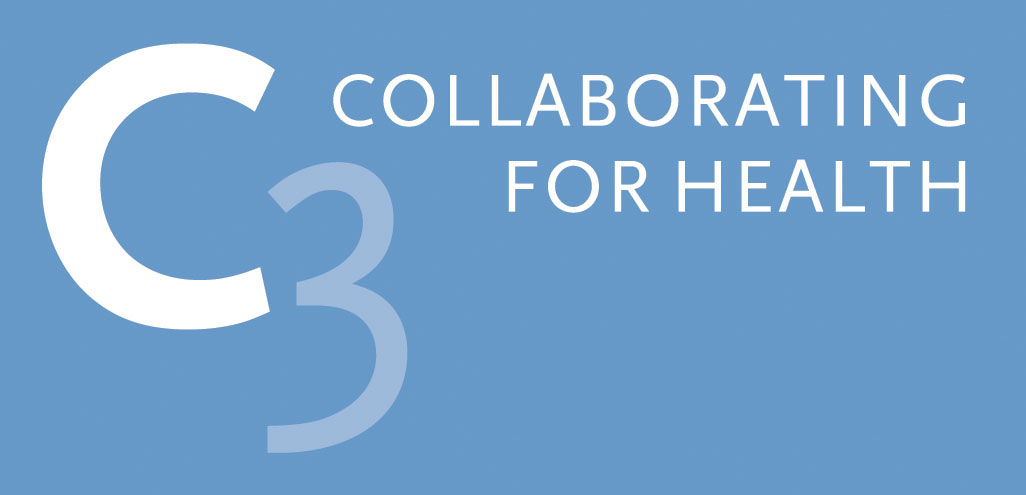The rainbows of COVID-19
“We will need constantly to review and reflect on experience and evidence, but some of what we now see will not be solved by the much awaited vaccine we all hope for.”
Coronavirus has moved rapidly from China through South East Asia and into Europe, the Middle East and the Americas. Each country has tackled the pandemic in its own but different ways and research studies are being quoted to justify different approaches. However, some of the facts now emerging are pointing to problems that will outlive the virus, which we need to remember.
The virus has made a huge impact on the most affluent countries and many of the instructions have assumed affluence: social distancing, frequent hand washing, wearing of masks. But these cannot be followed by many: 3 billion people cannot wash their hands at home. In affluent countries, the deaths have fallen on the most vulnerable, those with higher rates of diabetes and heart disease.
C3 is working in disadvantaged areas of England and France looking at obesity and unemployment. Both countries are seeing a disproportionate number of obese people in critical care, especially men, who from China to Europe seem harder hit by the virus than women and are more likely to have severe illness or die. Smokers are likely to be more vulnerable to COVID-19 as the act of smoking means that fingers are in contact with lips which increases the possibility of transmission of virus from hand to mouth. Smokers may also already have lung disease or reduced lung capacity which would greatly increase risk of serious illness. In the UK and USA the minority communities are disproportionately affected: 70% of those who have died in Louisiana are black, despite African Americans making up only 32% of the state population. To date, all the physicians who have died in the UK are from ethnic minority communities.
We will need constantly to review and reflect on experience and evidence, but some of what we now see will not be solved by the much awaited vaccine we all hope for.
Children across many countries are putting up homemade rainbow creations in their windows at home, in a bid to spread hope and positivity. We in C3 have been using another rainbow, the Dahlgren and Whitehead model of the determinants of health which looks at 3 overarching areas: 1) socio-economic, cultural & environmental conditions; 2) social &
community networks and 3) individual lifestyle factors. When we consider the impact of coronavirus on different communities and people, we will certainly need both rainbows.

Dahlgren and Whitehead model from https://esrc.ukri.org/about-us/50-years-of-esrc/50-achievements/the-dahlgren-whitehead-rainbow/

